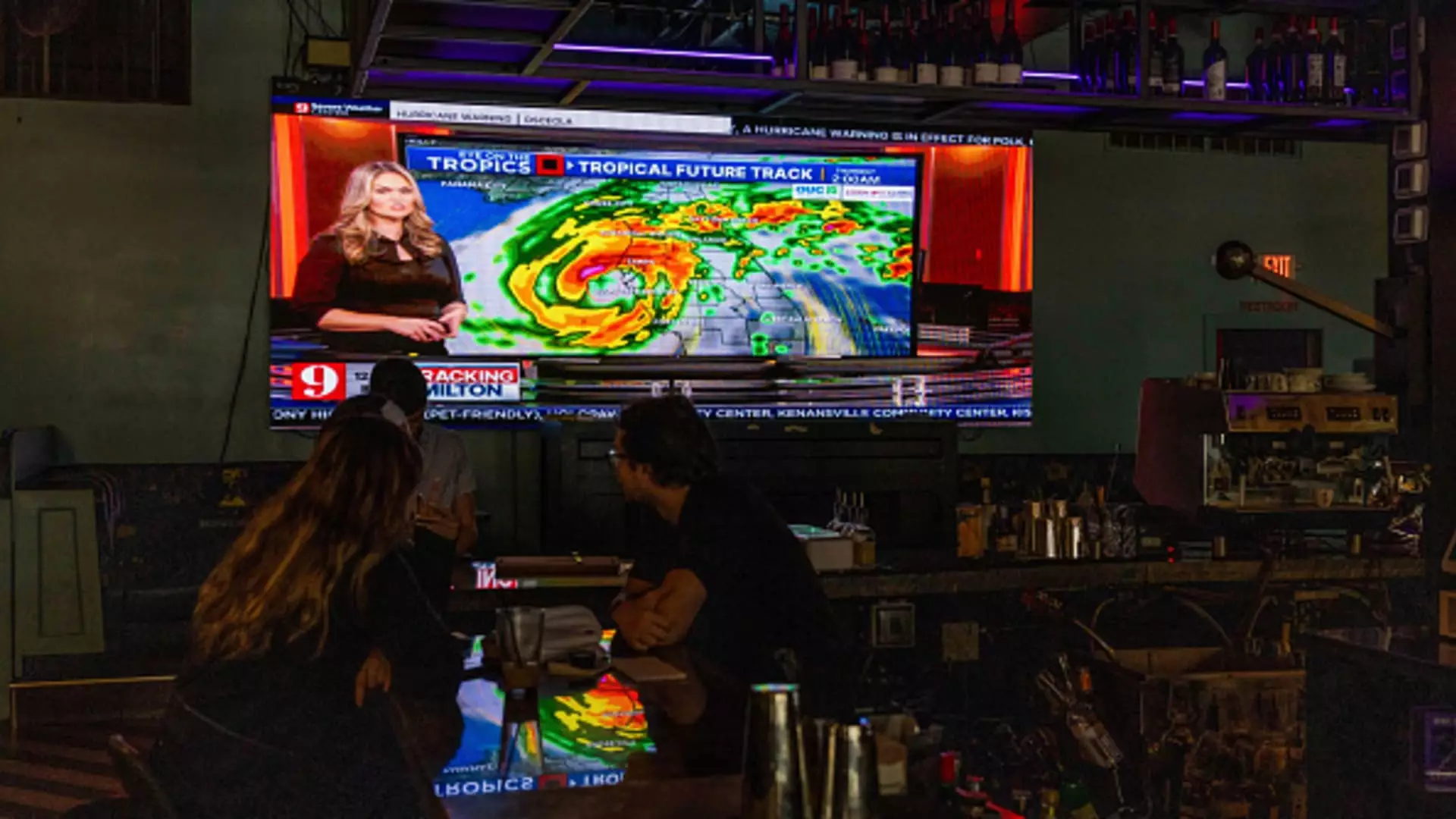In recent trading sessions, equities have experienced a notable uptick as investors remain hopeful for a “soft landing” scenario concerning the U.S. economy. This term refers to the Federal Reserve’s ability to control inflation without triggering a recession, maintaining both economic stability and growth. The S&P 500 saw an increase of just under 1%, while the tech-driven Nasdaq Composite surged by approximately 1.5%. The Dow Jones Industrial Average incrementally rose by 0.3%, indicating a broad-based optimism in market sentiments.
The narrative surrounding this market performance has largely been shaped by the Federal Reserve’s decision to reduce interest rates by 0.5 percentage points last month. Accompanying this was a stronger-than-anticipated jobs report for September, which has bolstered optimism for economic resilience amidst tightening monetary policy. As traders await the release of the Fed’s latest meeting minutes, the financial community is keen to glean insights into the central bank’s future strategies. These discussions could provide further clarity regarding interest rate adjustments and their potential impact on market dynamics.
In addition to economic discussions, external factors such as natural disasters can significantly alter the market landscape. Central Florida braced for the impending arrival of Hurricane Milton, which is projected to cause extensive damage, with Wall Street analysts estimating a potential economic toll that could soar to $50 billion. In a worst-case scenario, this figure may escalate to upwards of $175 billion.
Airlines have already begun to cancel flights, totaling over 750, while cruise lines have adjusted their itineraries in anticipation of the storm. The impending hurricane could constitute a serious blow to local businesses and contribute to investor anxiety regarding future earnings outlooks. For instance, Goldman Sachs has estimated a reduction of $150 million to $200 million in operating income for Disney’s parks segment for the current fiscal quarter due to the hurricane’s expected disruptions. The urgency felt by residents, illustrated by nearly 16% of gas stations running out of fuel, highlights the significant and immediate impact of such natural events on both local economies and broader market performance.
On the regulatory front, significant developments are unfolding as the U.S. Justice Department explores the potential breaking up of Alphabet’s Google. This follows a recent court ruling affirming that Google has maintained a monopoly in the search market. The Justice Department’s considerations may lead to the introduction of various constraints meant to level the playing field, including contract stipulations and structural reforms aimed at reducing Google’s market share dominance.
Google’s response has been robust, calling the proposed measures “radical” and cautioning against possible unintended consequences for consumers. This situation represents a critical juncture not only for Google but also for the entire tech industry, as regulatory frameworks evolve in response to shifting market dynamics and extraordinary growth in tech giants.
Compounding these regulatory challenges, TikTok is now facing legal actions from a coalition of state attorneys general. They accuse the platform of detrimental effects on children’s mental health, alleging addictive behavior prompted by the app’s design. The tech company finds itself defending against claims of operating illegally by failing to adhere to money transmission laws.
TikTok representatives have publicly denied these allegations, asserting that the platform prioritizes user safety and has implemented measures aimed at protecting younger audiences. These legal battles underscore the rising scrutiny on social media platforms as they navigate the balance between user engagement and accountability—an ongoing theme in technology policy and consumer protection discourse.
Finally, Boeing’s ongoing labor strife poses another obstacle for the company’s recovery trajectory. Negotiations with striking machinists have reached an impasse as Boeing withdrew its contract offer amidst claims that the union has dismissed higher wage proposals. The continued strike, now ongoing since mid-September, adds to the company’s existing challenges as it tries to rebound from a series of operational setbacks.
As these labor discussions unfold with no clear resolution in sight, Boeing faces increased financial strain, raising concerns over its stability in an already tumultuous global market. The interplay of labor relations, regulatory hurdles, and external disruptions from natural events creates a multifaceted landscape that investors must navigate with discernment and agility.
The convergence of these influential factors reflects a complex market environment where optimism and uncertainty coexist. Investors should remain vigilant as they adapt to both external shocks and regulatory shifts that could ultimately shape the economic landscape in the near term.

Leave a Reply